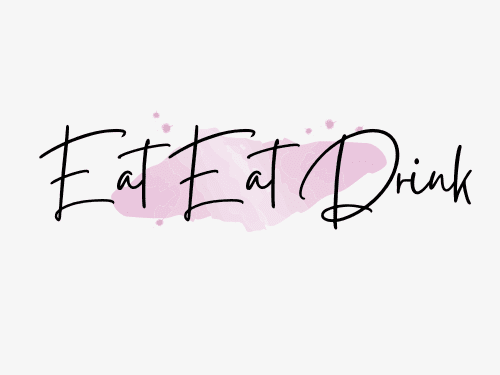Can You Put Water in a Feeding Tube? Exploring the Risks and Benefits
Feeding tubes are a common medical intervention used to deliver food and fluids directly to the stomach or small intestine. They are often used for patients who cannot eat or drink normally due to medical conditions such as stroke, dementia, or cancer. One of the questions that often arises when using feeding tubes is whether or not water can be put down the tube.
It is important to consult with a healthcare professional, such as a registered dietitian or physician, before administering water or any other substance through a feeding tube. They can provide guidance on the appropriate type and amount of water to use, as well as any potential risks or complications that may arise from using a feeding tube.

Can You Put Water in a Feeding Tube?
The Short Answer
Yes, you can put water in a feeding tube.
The Long Answer
Water is an essential nutrient that our bodies need to function properly. However, the amount of water needed varies from person to person. For individuals who are unable to consume water orally, a feeding tube can be used to provide water and other nutrients. If you are using a feeding pump, you may receive an alarm message if you put water in the feeding bag. This is because the pump is designed to detect blockages in the feeding tube, and water can sometimes cause false alarms. However, this is not a cause for concern, as the alarm can be easily reset.

Considerations for Water in Feeding Tubes
When using a feeding tube, it is important to consider the type of water you are using. Tap water is generally safe to use, but if you have concerns about the quality of your tap water, you may consider using bottled water or boiled and cooled water. It is also important to ensure that you are getting enough water to meet your hydration needs.
This can be challenging, as individuals who rely on feeding tubes may have difficulty sensing thirst. To prevent dehydration, it is recommended that you drink at least 8 cups of water per day. In addition, it is important to flush your feeding tube with water regularly to prevent blockages.
Your healthcare provider can provide guidance on how often to flush your tube and how much water to use. Overall, water is an important nutrient that can be safely provided through a feeding tube. By following the appropriate guidelines and recommendations, you can ensure that you are getting the water you need to stay hydrated and healthy.
Alternatives to Water in Feeding Tubes
While water is a common choice for hydration through feeding tubes, there are other alternatives available that can provide additional benefits. Here are some options to consider:
Hydration & Electrolyte Solutions
Hydration solutions are designed to provide the necessary fluids and electrolytes to prevent dehydration. These solutions come in different formulations and can be tailored to meet individual needs. Some common hydration solutions include:
- Pedialyte: A solution designed for children that contains electrolytes and carbohydrates.
- Rehydralyte: A solution that contains electrolytes, glucose, and other nutrients.
- Normosol-R: A solution that contains electrolytes and glucose.
These are also known as electrolyte solutions. They are designed to replace essential electrolytes lost through sweating, vomiting, or diarrhea. These solutions can be used by themselves or in combination with feeding tube formulas to provide a complete nutritional balance.
It is important to consult with a healthcare provider to determine the appropriate hydration solution and dosage for individual needs.

Conclusion
When it comes to administering water through feeding tubes, there is a lot of debate over whether it needs to be sterile or not. While some practitioners believe that sterile water is necessary to avoid exposing the patient to harmful bacteria or other contaminants, others argue that there is no evidence to support this belief.
The other side of this coin is that the stomach and intestines themselves are not sterile and that you can eat or drink anything through a feeding tube just like you would by mouth.
Research has shown that water flushes are the most effective way to prevent clogging of enteral feeding tubes. However, it is important to note that not all types of water are suitable for use in feeding tubes.
For example, tap water can contain harmful bacteria or other contaminants that could be dangerous to patients with compromised immune systems. In those cases, using standard bottled water would be fine because it is already filtered.
Ultimately, the decision about whether to use sterile water or not will depend on a variety of factors, including the patient’s medical history, the type of feeding tube being used, and the preferences of the healthcare provider. It is important to consult with a qualified healthcare professional before making any decisions about administering water or other substances through feeding tubes.
Don’t forget to also check out our in-depth guide about bathing, showering, and swimming with a feeding tube!






